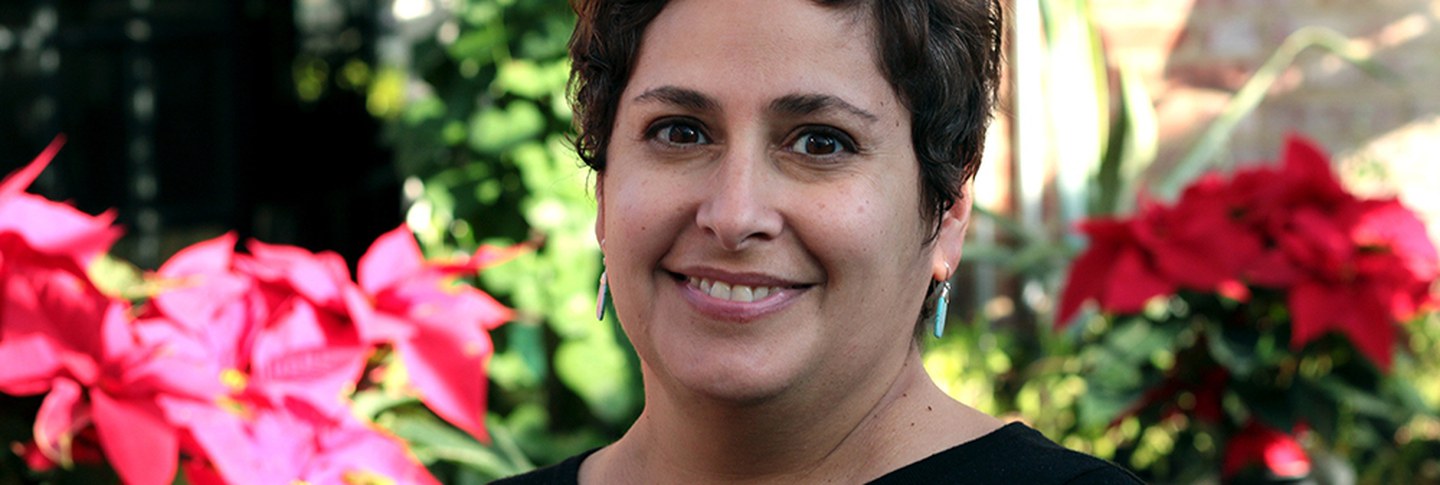Lori Diel, a fellow in Pre-Columbian Studies at Dumbarton Oaks in 2016–17, is an associate professor in art history at Texas Christian University, where she has taught a variety of courses on Mesoamerican, South American, and Mexican art from preconquest times to the present. She has also written articles on the representation of women in Aztec art.
Much of Diel’s recent research has centered around the Codex Mexicanus, an early colonial Mexican pictorial manuscript currently held in the Bibliothèque nationale in Paris. Richly illustrated and ripe for interpretation, the codex lends itself to a variety of studies, as Diel demonstrated in her recent research report, “An Aztec History Painting in the Codex Mexicanus.”
You were a summer fellow at Dumbarton Oaks in 2012, and you were working with the Codex Mexicanus then as well. How has your work with the codex changed over time? How have your perceptions of it altered?
Well, I had just started working with it in 2011, so when I was here in 2012 I was still trying to figure out what was important. Usually you have to have a theory when you start working with an object, and at the time I had a lot of assumptions about the codex.
For one, I thought it had been made in Tlatelolco, but the more time I spent with it the more I realized that Tlatelolco was the wrong city—there were more signs telling me it had been made in Tenochtitlan.
You just have to spend so much time with the object, there’s so much to learn, especially in a codex of this size, and after you’ve spent a while with it you begin to notice certain things. Early on I was focusing more on the Christian elements of the codex, but now I work more with the Aztec parts, and I’d say broadly speaking, since 2012, I’ve become more interested in the historical aspects of the codex and the context of early colonial Mexico.
The Codex Mexicanus contains a royal genealogy that is exclusive—it makes a claim about an ancient and exclusive tradition. But the Christian images the codex contains seem to suggest an element of inclusion, of cultural synthesis. What’s the dynamic at work here?
Well, the creators of the codex were Christians, and I think they were fully converted, in that they wanted to embrace this tradition and incorporate it into their culture. At the same time, they didn’t want to forget their own tradition, so there was an effort to maintain it.
What’s interesting is that at the time the codex was made the native nobles had really lost control of the government, so emphasizing this royal genealogy was an attempt to build up that tradition and restore it. And of course, they were comparing the Aztec past to Spain, which had the Habsburg line—in a sense, they were exalting their own sphere of power.
How was the codex produced? Was it a workshop-type environment, with strong organization, or something more diffuse?
Well, that’s the big mystery. We don’t really know the logistics of its creation.
I suspect it was produced in a workshop, but the interesting thing is, it’s clearly been updated over time. There’s one section, the zodiac section, that appears to have been added in, and the community knew that whoever was in charge of the codex could consult it and run the charts if someone were sick or if any information was needed. So really it was a living document.
We don’t really know its whereabouts for many years, until about 1820 to 1840, when a French collector is traveling through Mexico and picks it up and eventually sells it in France—and then of course it ends up at Bibliothèque Nationale.
Read more interviews in our ongoing series.

